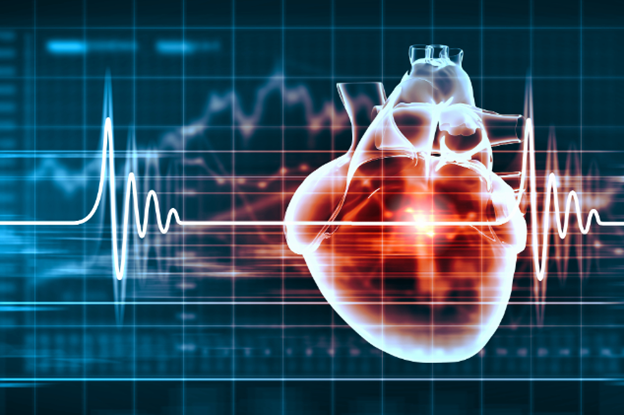Defibrillation is an essential part of today’s healthcare system. Patients with life-threatening arrhythmia or abnormal heartbeats can benefit from defibrillation. This issue can be deadly, putting patients in cardiac arrest.
However, it can be unclear when multiple terms discuss the same process. This article will describe the difference between pacemaker vs defibrillator – when you need to use which one.
Communicating this difference is essential for patients to understand. Let’s jump into the differences between a defibrillator vs pacemaker.
How They Are Used
The key distinction between them is that the pacemaker aims to provide a needed paced electrical signal to the heart. To maintain a steady rhythm and correct either slow or erratic heart rate. The defibrillator aims to help the heart restore to its normal rhythm by delivering an electric shock.
Pacemakers are usually used serve pre-emptively in cases of a high risk of arrhythmia or when an arrhythmia is present and not responding to other treatments. Defibrillators are used alongside various treatments when an arrhythmia is present, and the heart has ceased to beat. The defibrillator delivers an electrical shock to restart the heart.
The Type of Power Source
A pacemaker and defibrillator are medical devices that assist heart function. They differ mainly in the type of power source they use and the type of therapy they provide. Pacemakers use electrical energy generated by a battery to stimulate the heart. This helps to maintain a regular heart rhythm and can help to treat bradycardia.
Defibrillators provide a much stronger electrical shock to restore a normal heart rhythm, and they use stored energy from an external power source, such as mains electricity. Unlike pacemakers, they also cannot be implanted inside the body. Thus, the type of power source is the critical difference between a pacemaker and a defibrillator.
The Effects on the Heart
A pacemaker and a defibrillator have different roles in treating a heart patient, and the details on electrical storm are essential to know when considering the differences between the two devices. A pacemaker treats abnormally irregular heart rhythms by sending a signal to the heart to stimulate it to beat at an average speed. This device does not deliver a shock to the heart but simply a signal.
Conversely, a defibrillator is a device that restores a normal heartbeat when it senses a certain abnormal rhythm. It sends a shock to the heart that stops its activity and then re-starts the normal rhythm. The shock can be quite electrical, and it can cause some pain or other reactions.
How Do Pacemaker vs Defibrillator Differs?
A pacemaker vs defibrillator is a medical device used to regulate heart rhythm. A pacemaker helps regulate a slow heartbeat, while a defibrillator addresses cardiac arrest and the sudden onset of an abnormally fast heartbeat. Talk to your doctor to find out which device is suitable for you.
Make an appointment today to keep your heart healthy!
Did you enjoy this post? Then you’ll love our website full of informative and entertaining blogs like this one. Bookmark us now so that you never lose this informative blog again!



